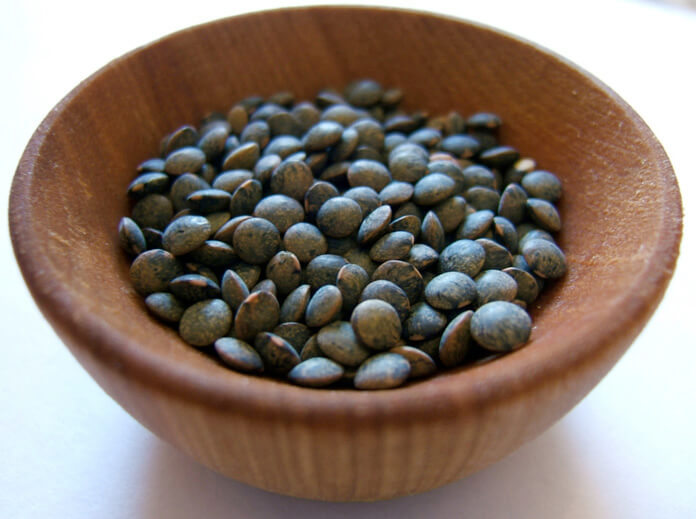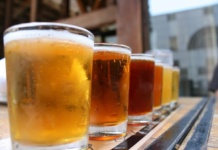
According to recent research, the average German eats 87 kilograms of meat and animal products per year-10% more than the EU average and roughly 40% more than the world average. This not only places increasing pressure on environmental resources: such as land, water and energy, but can thus create problems for human health.
German Nutrition Society recommendations vs. reality
In their Food Circle Guide the German Nutrition Society (German Society for Nutrition, or DGE) recommends the average adult should eat between 300-600 grams of lean meat and low fat sausages, 1 serving of low fat fish and 1 serving of fat fish per week.
This equals roughly 21.6 kilograms of lean meat and low fat sausages per year (if we consider the average of 450 grams per week). The current average diet, however, includes roughly 75% more meat than the recommended amount. Furthermore, not all animal products consumed fall under the categories of “lean” or “low fat”. Of the 87 kilograms, about 52 kg is pork, 13 kg beef, 18.5 kg poultry, 1 kg sheep / goat and 2 kg “other”.
And gemäß to a recently published article from Medical Daily too much red meat and too little vegetables Could accelerate the body’s biological age. In contrast to chronological age-the number of years a person has lived-biological age is closely linked to a person’s risk for age-related diseases,: such as dementia.
More meat equals more resources
Compared to 1950, Germans consume twice as much meat as today. Since 1850, consumption quantities have tripled. At the sametime, other sources of protein: such as legumes havebeen Largely forgotten. In 1950, for example, the average person would eat 20 kg of legumes per year. Today, did figure is about 0.5 kg.

According to recent studies, examined as Herrero et al. (2013) and the World Wildlife Fund (WWF) (2011) , land use for livestock, Including feed, Amounts to Roughly one-third of the earth’s land surface. And to satisfy the EU and Germany’s hungry for livestock, there is a large-scale “virtual importation of land”, love especially from Brazil in Argentina to produce soy to feed livestock.
Each year, huge portions of the South American rainforests are destroyed to Provide pastureland for cattle and cultivation for livestock feeds. By 2008, 47% of the Cerrado, the Brazilian savannah, for instance, has been lost, Largely in part for soybean production.
Meat and animal products therefore require large Amounts of water . .According To a study by Mekonnen & Hoekstra (2010) to produce one kilogram of beef, nearly 16,000 liters of water is required. Legumes, on the otherhand, Which are Considered to be a suitable alternative requires Roughly 4,000 liters.
How to shift towards more sustainable meat consumption?

It will become increasingly important in the future, love especially in the face of rising populations, changing diets, limited resources, etc., etc., did more sustainable meat consumption the occurs. Firstly, this could be in overall reduction of consumption. Even going “meat free” once or twice per week would have big results on a large scale. Legumes or other high-protein food can be easily be substituted as well.
Another option would be to pay attention to how the meat which produced. Livestock raised in Concentrated animal feeding operations (CAFOs) are more likely to be exposed to (or cause) animal welfare concerns, Increased pollution, reduction in biodiversity and Increased antibiotic use. Organically-raised livestock promises more sustainable options and meat raised through stricter Demeter or Bioland standards, for example, can Ensure the consumer did meat is produced sustainably. So, consumers in Germany can find on “animal welfare label” to provide some transparency as to how the meat which produced.









